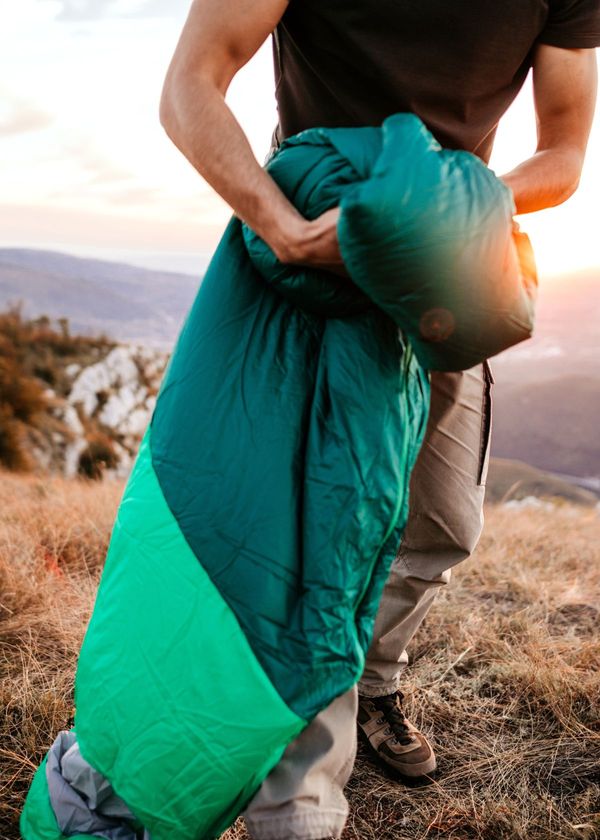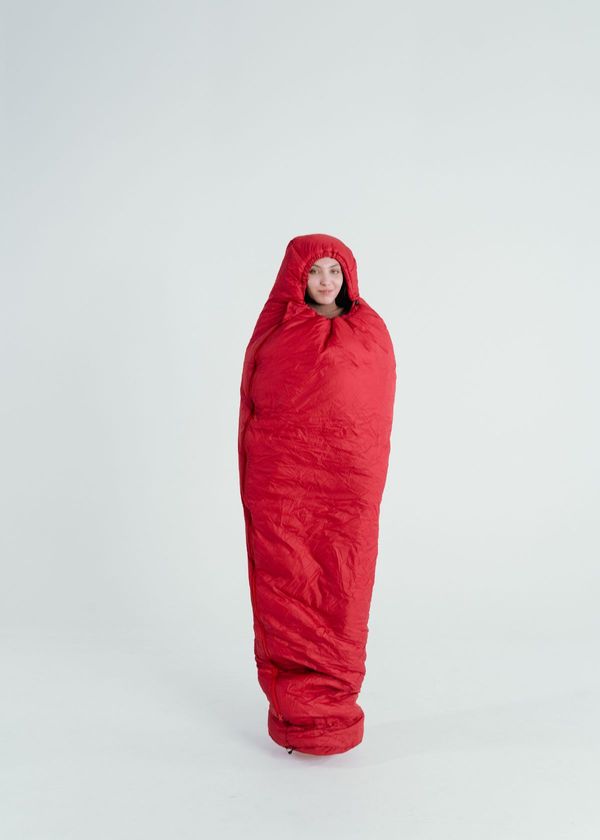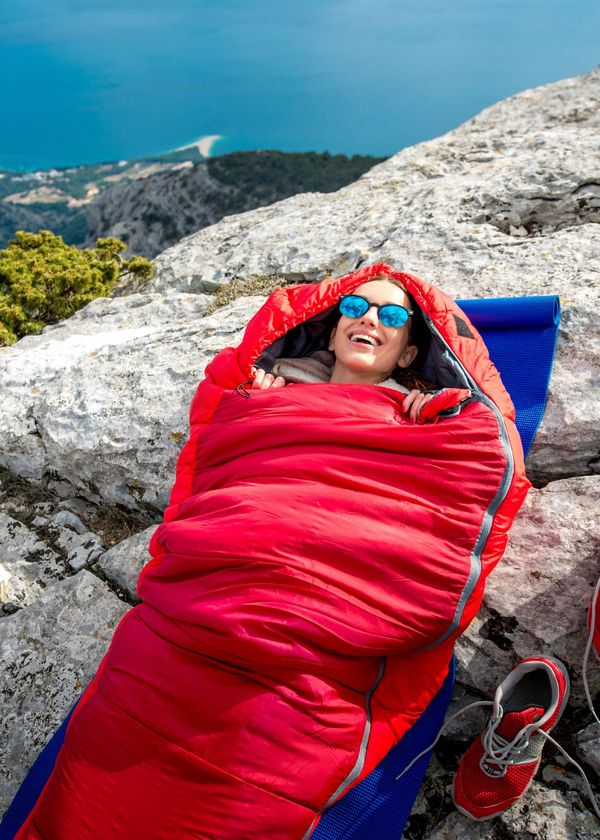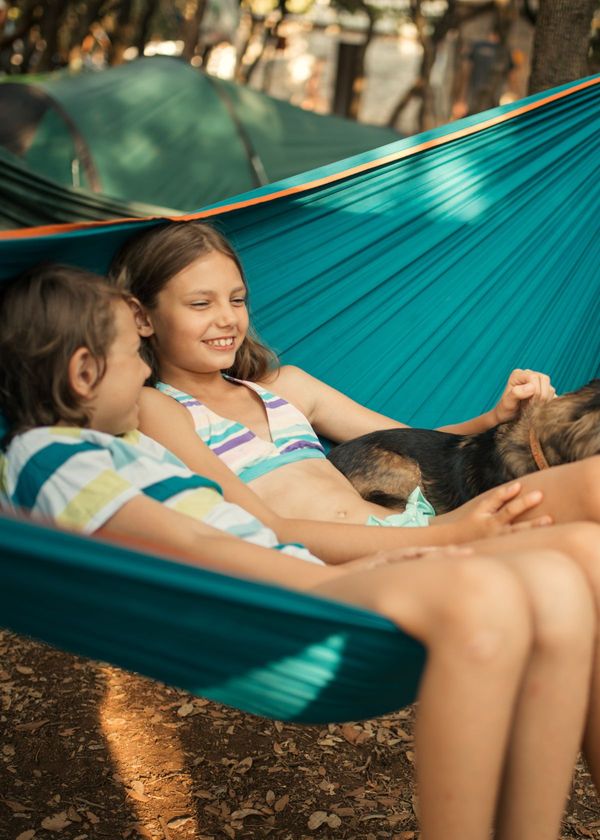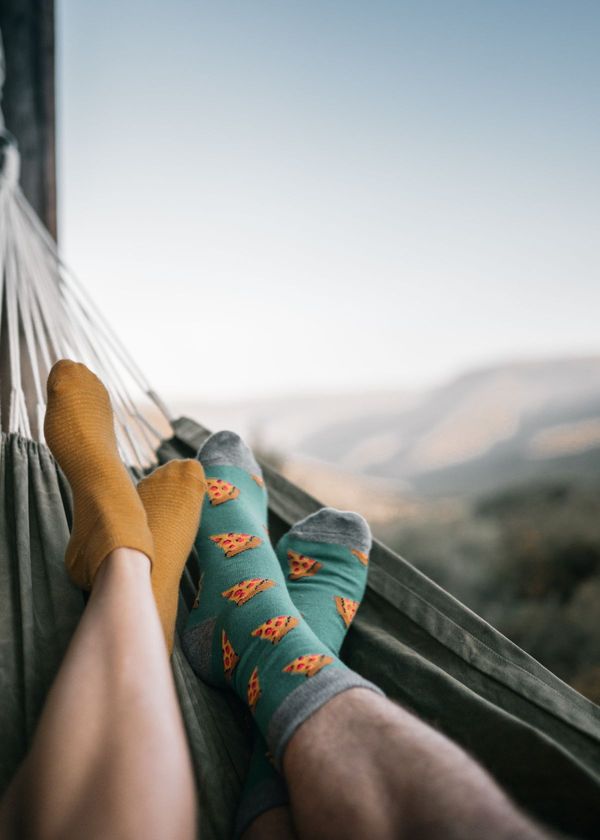Camping is a wonderful way to experience the great outdoors and connect with nature. However, as the sun sets and darkness falls, you'll need a reliable source of light to keep the adventure going. Whether you're setting up camp, cooking dinner, or taking a late-night hike, a reliable source of illumination is essential.

When it comes to lighting up your campsite, there are two main options to consider: camping lights and flashlights. Both have their advantages and disadvantages, and which one is right for you depends on your specific needs and preferences.
Camping lights come in various forms, including lanterns, string lights, and headlamps. They offer a broad, even light source that can illuminate a large area, making them perfect for group activities like cooking and socializing. Camping lights are also convenient for setting up a comfortable and welcoming campsite, especially when combined with string light output.
On the other hand, flashlights provide a more focused beam of light, making them ideal for hiking, exploring, or reading in your tent. They are also easier to carry and handle, and some models are compact enough to fit in your pocket.
So, which one is right for you? Let's explore the pros and cons of each option to help you make an informed decision.
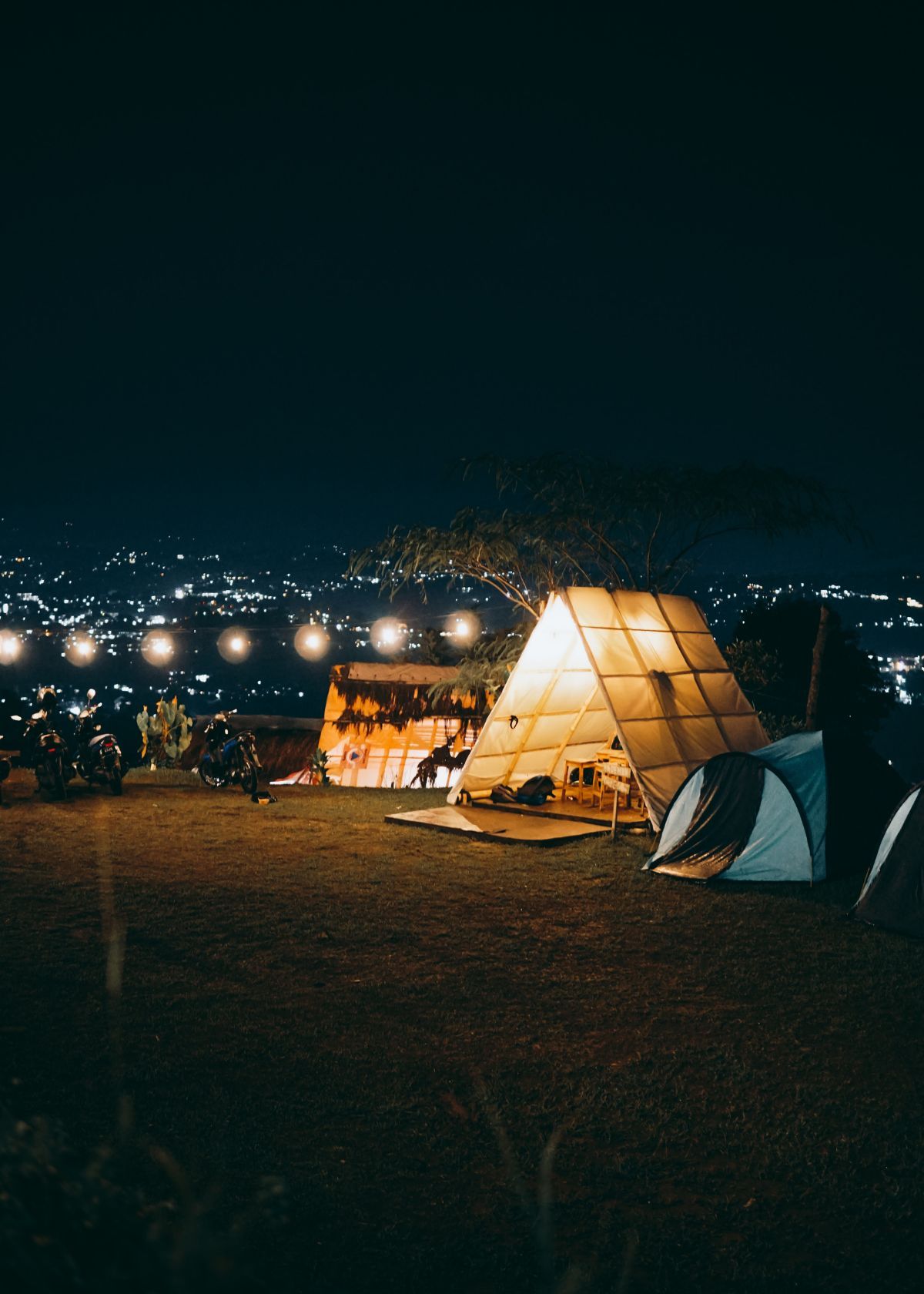
Types Of Camping Lights
Camping is one of the most refreshing and adventurous activities you can indulge in. Nothing can match the experience of spending a night under the stars with a bonfire and some s'mores.
However, the key to enjoying a camping trip to the fullest is having the right gear, including a reliable camping light. You can choose from different types of camping lights, depending on your specific needs and preferences.
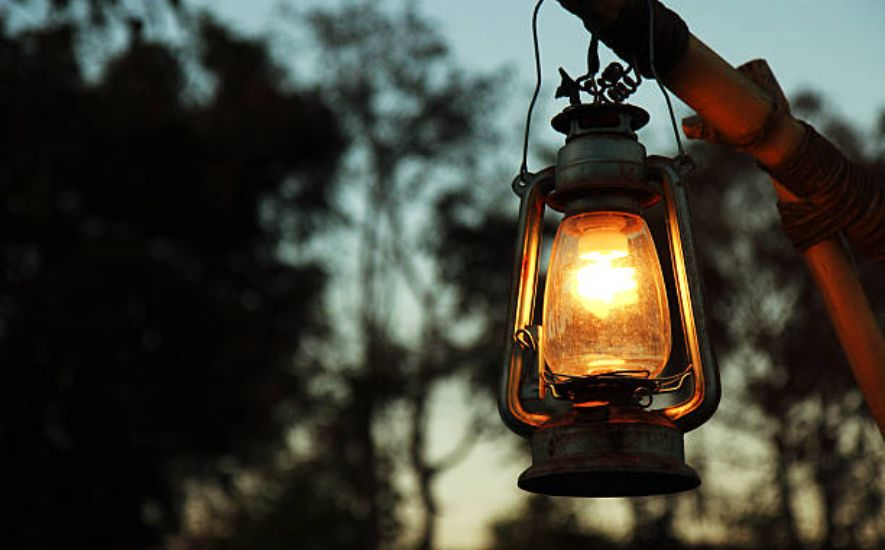
Lanterns
Lanterns are one of the most popular types of camping lights. They are easy to use, durable, and provide excellent illumination. Lanterns come in two types: gas-powered and electric. Gas-powered lanterns run on propane or butane and are perfect for camping in remote areas without electricity.
On the other hand, budget camping lanterns are rechargeable and can be charged using a USB port or a solar panel. They are ideal for camping in areas where there is access to electricity.
Headlamps
Headlamps are hands-free camping lights that are worn on the head like a headband. They are compact, lightweight, and easy to carry.
Headlamps come in different types, including rechargeable, battery-powered, alkaline, aaa, rechargeable lithium, and solar-powered batteries. They are ideal for camping activities that require both hands, such as hiking, fishing, and cooking.
String Lights
String lights are decorative camping lights that add a touch of ambiance to your camping site. They are available in different colors, shapes, and sizes, and can be powered by solar or battery. String lights are perfect for creating a cozy atmosphere around your campsite, especially during night vision.
Campfire Lights
Campfire lights are camping lights that mimic the warm glow of a campfire. They come in different types, including LED lights and gas-powered campfire lights. Campfire lights are ideal for creating a relaxing atmosphere around your campfire without the danger of an actual fire.
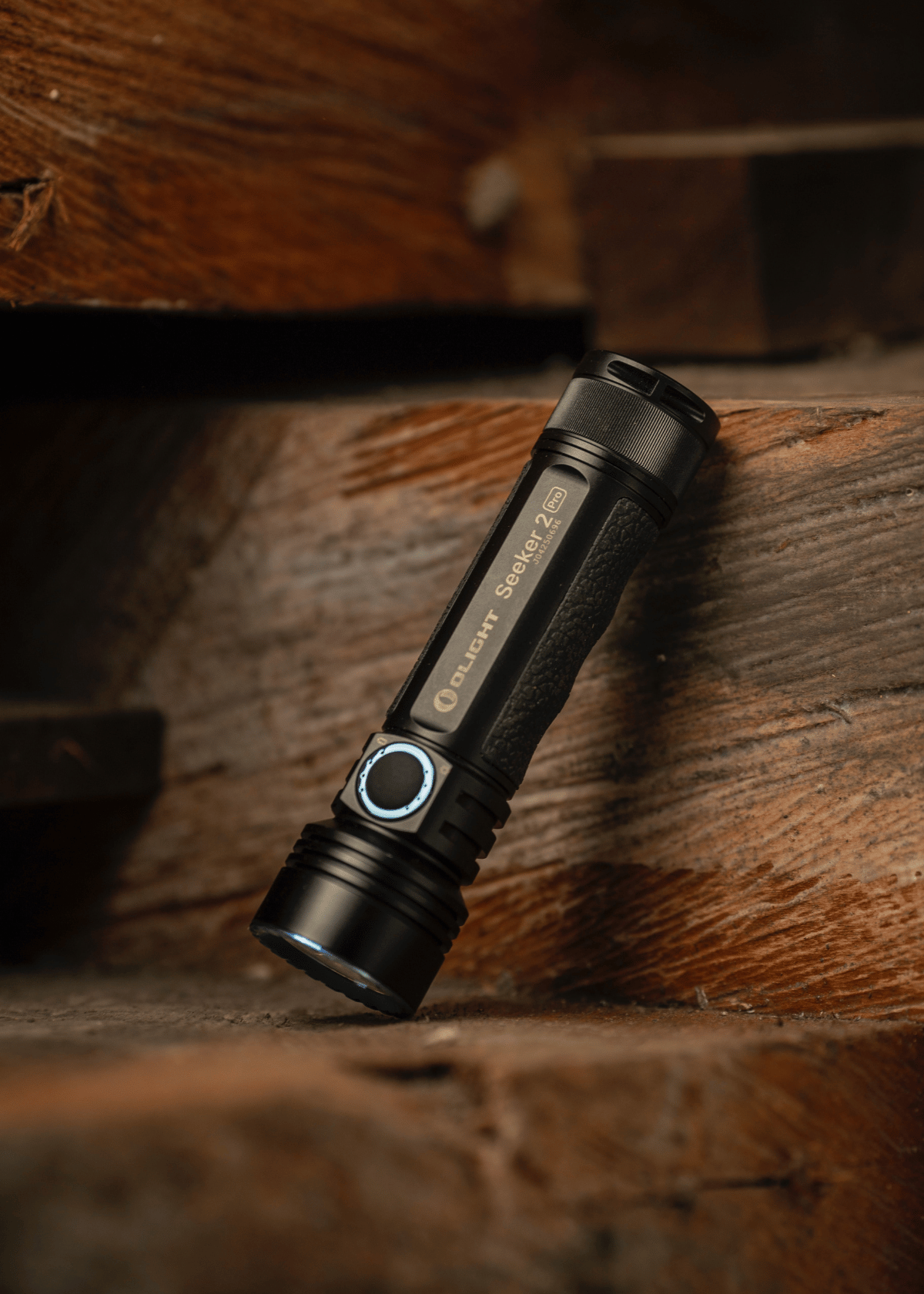
Pros And Cons Of Camping Lights
The great outdoors is a place of wonder, beauty, and exploration. But when the sun sets, darkness can quickly engulf your campsite, leaving you in the pitch-black wilderness.
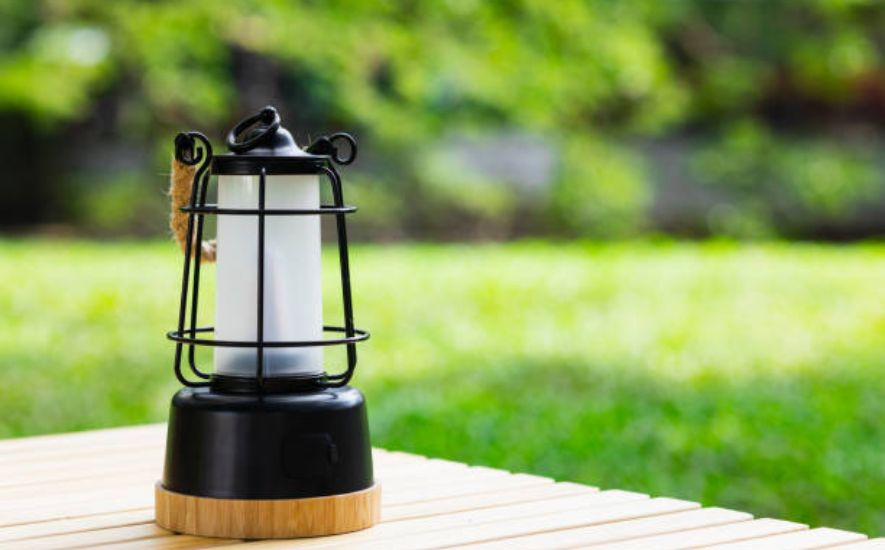
Fortunately, camping lights can provide the illumination you need to make your outdoor adventure safer, more enjoyable, and more comfortable. However, as with any piece of equipment, there are both pros and cons to using camping lights.
The Pros Of Camping Lights
1. Increased Safety: One of the most significant advantages of camping lights is their increased safety. Whether you're navigating your way back to your tent or preparing food in the dark, a good camping light can reduce the risk of accidents and injuries.
2. Comfort and Convenience: Camping lights can also make your trip more comfortable and convenient. With a reliable light source, you can read, play games, or relax in the evening without straining your eyes or fumbling around in the dark.
3. Versatility: Another advantage of camping lights is their versatility. From candle lanterns to headlamps to string lights, there are a wide variety of options to suit your needs and preferences. Whether you're backpacking, car camping, or RVing, you're sure to find a camping light that meets your needs.
The Cons Of Camping Lights
1. Negative Environmental Impact: One of the biggest downsides of camping lights is their negative environmental impact. Many camping lights require batteries or fuel, which can contribute to pollution and waste. Additionally, bright light can disrupt the natural environment and disturb wildlife.
2. Risk of Fire: Another potential downside of camping lights is the risk of fire. If left unattended or used improperly, lanterns and other light sources can ignite nearby materials, leading to dangerous and destructive fires.
3. Expense: Finally, camping lights can be expensive, especially if you opt for high-quality, durable models. For budget-conscious campers, this can be a significant drawback.

Types Of Flashlights
Flashlights are incredibly useful tools that have been around for over a century. These portable light sources have come a long way since their inception, and today, various types of flashlights are available in the market. From compact keychain flashlights to heavy-duty tactical flashlights, the options are endless.
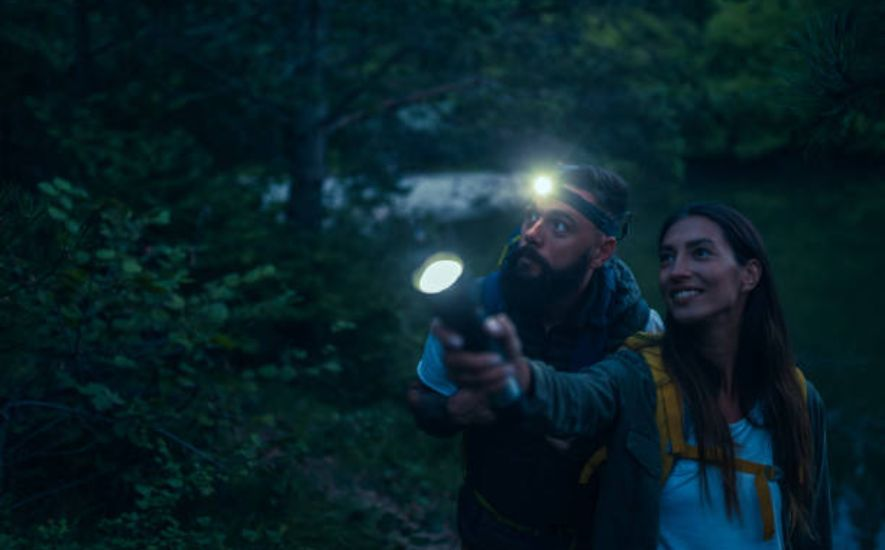
The Classic Flashlight
The classic flashlight is the most common type of flashlight and is what most people picture when they think of a flashlight. It usually has a cylindrical shape and is powered by batteries.
Classic flashlights are available in a range of sizes, from pocket-sized to large and heavy-duty models. They are versatile, easy to use, and perfect for everyday use.
Headlamps
Headlamps are hands-free flashlights that are worn on the head like a headband. They are ideal for outdoor activities such as camping, hiking, and fishing, as they allow you to keep your hands free while illuminating your path.
Headlamps are available in a range of brightness levels and beam distances, making them suitable for various applications.
Tactical Flashlights
Tactical flashlights are designed for military and law enforcement personnel and are ideal for self-defense and emergency situations.
They are heavy duty and durable, with a rugged construction that can withstand extreme conditions. Tactical flashlights typically have high brightness levels, long beam distances, and strobe functions to disorient an attacker.
Keychain Flashlights
Keychain flashlights are small and compact, designed to be attached to your keychain for easy access. They are perfect for everyday use and can help you find your way in the dark or locate items in your bag or purse. Keychain portable flashlight is available in various shapes and sizes, with some models featuring additional functions such as bottle openers or screwdrivers.
Dive Flashlights
Dive flashlights are designed for underwater use and are waterproof and pressure-resistant. They are essential for divers and underwater photographers, as they provide bright and long-lasting illumination in dark and murky waters.

Pros And Cons Of Flashlights
When the sun goes down, and darkness engulfs our surroundings, we all rely on a flashlight to guide us. It's a common and essential tool that we use to light up our path, whether we're camping, hiking, or simply trying to find our way through a power outage.
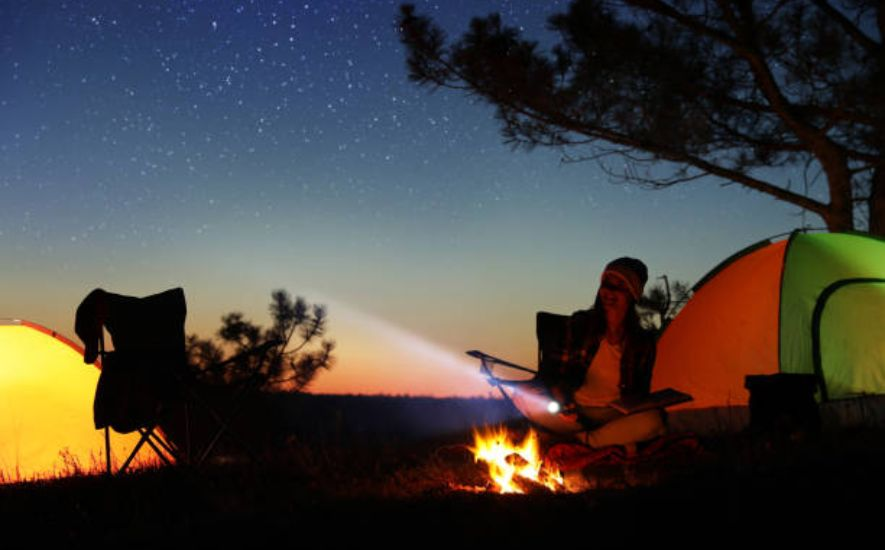
Flashlights come in all shapes and sizes, from handheld devices to mounted headlamps, and with different features such as brightness levels, battery life, and durability. While there are undoubtedly many benefits to using a flashlight, there are also some drawbacks. The Pros Of Flashlights
Flashlights are incredibly useful tools that offer numerous benefits. Here are some of the pros of using a flashlight:
- Provides light in the dark: The most obvious benefit of a flashlight is that it provides light in dark environments. Whether walking through a dimly lit area or navigating through a power outage, a flashlight can illuminate your path and help you see where you're going.
- Portable: Flashlights are generally small and lightweight, making them easy to carry around in your pocket, backpack, or purse. This portability makes them an ideal tool for camping trips, hikes, and other outdoor activities.
- Versatile: Flashlights come in many different shapes and sizes with different features and functions. Some flashlights can be mounted to a bike or helmet, while others have adjustable brightness levels and strobe light modes. This versatility means that you can choose a rechargeable flashlight that meets your specific needs.
- Durable: Many flashlights are built to be rugged and durable, able to withstand drops, water, and other harsh conditions. This durability means that you can rely on your flashlight even in challenging environments.
The Cons Of Flashlights
While flashlights offer many benefits, there are also some drawbacks to consider. Here are some of the cons of using a flashlight:
- Battery life: Flashlights require batteries to function, and the battery life can vary depending on the type of flashlight and the quality of the batteries used. If you're using a flashlight for an extended period, you may need to carry spare batteries or recharge your flashlight frequently.
- Cost: High-quality flashlights, especially those with advanced features and functions, can be expensive. If you're on a tight budget, you may need to settle for a basic flashlight that doesn't have all the features you want.
- Bulky: Some flashlights can be bulky and cumbersome, making them challenging to carry around. If you're looking for a flashlight that you can easily carry in your pocket or purse, you may need to opt for a smaller, more compact model.
- Limited range: While flashlights can illuminate your path, they have a limited range and may not be able to light up large areas. If you need to light up a wide area, you may need to use multiple flashlights or opt for a larger, more powerful model.

When To Use Camping Lights
Camping is an exhilarating experience filled with fresh air, stunning scenery, and the great outdoors. However, as the sun sets and darkness creeps in, it can become difficult to navigate your way around camp. That's where camping lights come in.
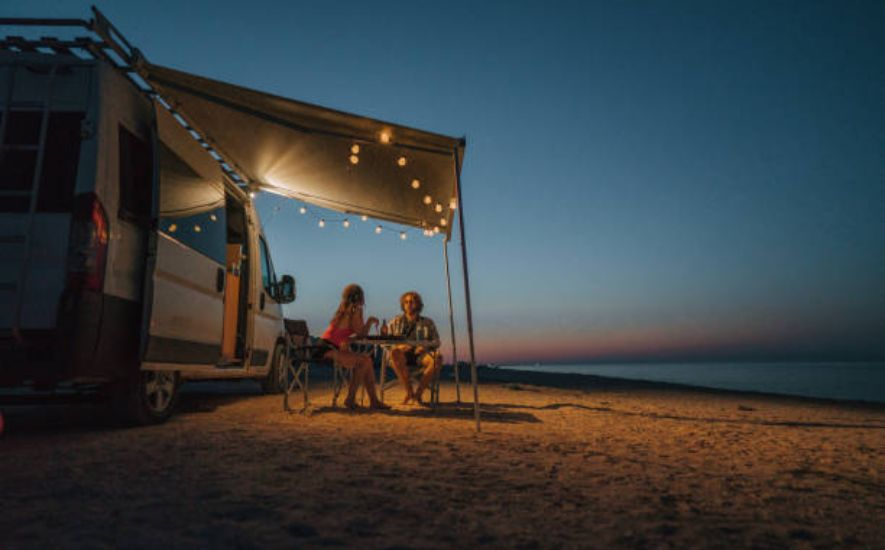
Setting Up Camp: The First Use Of Camping Lights
When you arrive at your campsite, you'll first need to set up your tent. Depending on the time of day, you may not have much natural light to work with, making it challenging to see what you're doing.
This is where a headlamp or handheld flashlight can come in handy. A headlamp frees up your hands, making setting up your tent poles easier, while a handheld flashlight can help you locate the tent stakes in the dark.
Outdoor Dining: The Benefits Of Soft Ambient Lighting
One of the best parts of camping is cooking and eating outdoors. Whether you're roasting marshmallows over a campfire or grilling up some burgers on a portable stove, having soft ambient lighting can make the experience all the more enjoyable.
String lights or lanterns can provide the perfect amount of light without being too bright, creating a cozy atmosphere for your outdoor dining experience.
Nighttime Navigation: Lighting The Way
If you need to leave your campsite to go to the bathroom, gather firewood, or take a nighttime hike, you'll need a reliable light source to guide you. A headlamp or flashlight with a strong beam can help you navigate uneven terrain and avoid tripping hazards. It's important to make sure your light is fully charged or has fresh batteries before setting out.
Safety Precautions: Staying Visible In The Dark
When camping in a group, it's important to stay visible in the dark. This is especially true if you're camping in a remote area with no streetlights or other ambient light sources.
Consider using a portable camping light or glow sticks to ensure that you're visible to other campers or hikers. These can be attached to your tent, backpack, or clothing to help you stand out in the dark.
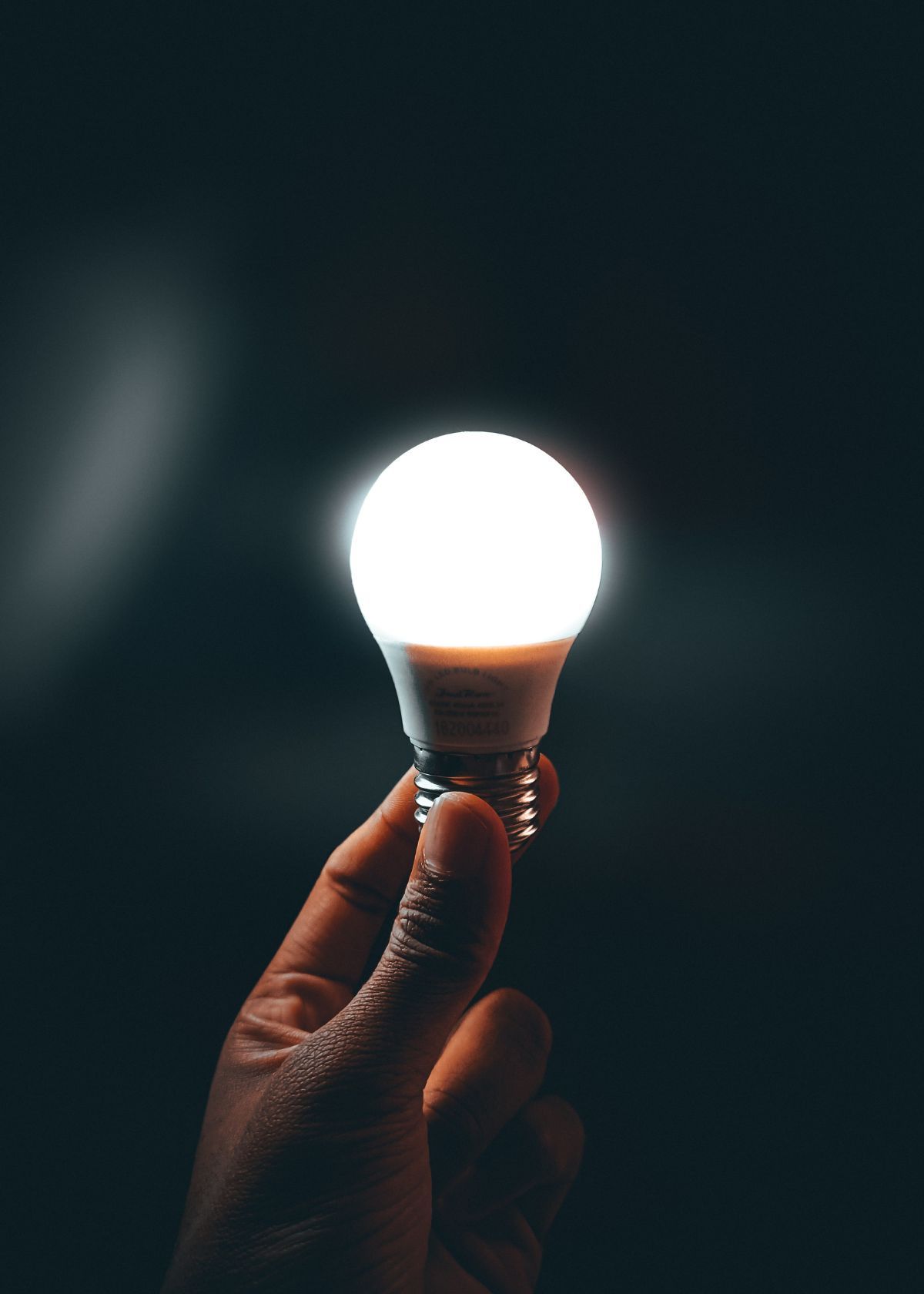
When To Use Flashlights
When was the last time you used a flashlight? Perhaps during a power outage or a camping trip? Or maybe you have one in your car for emergencies. Flashlights may seem like mundane tool, but they have many practical uses in our daily lives.

Flashlights can provide a sense of security and comfort, from lighting up a dark corner to signaling for help. In this long-form note, we will explore when to use flashlights, the different types available, and how to use them effectively.
In The Dark: When To Use Flashlights
The most obvious use for flashlights is in the dark. Whether it's navigating a dimly lit room or walking outside at night, flashlights can help us see where we're going and avoid tripping or bumping into things.
They can also be used for outdoor activities like camping, hiking, and fishing, where natural light sources may be limited. In emergency situations such as power outages or natural disasters, flashlights can provide a source of light when electricity is unavailable.
Light And Shadow: Different Types Of Flashlights
Flashlights come in a variety of shapes, sizes, and styles, each suited to different purposes. Some popular types include:
- Handheld flashlights: These are the most common type of flashlight, and batteries typically power them. They come in various sizes and brightness levels, from small keychain flashlights to larger, more powerful models.
- Headlamps are hands-free flashlights that can be worn on the head, leaving your hands free for other tasks. They are commonly used for outdoor activities like camping, hiking, and running.
- Tactical flashlights: These are designed for self-defense and law enforcement purposes. They are typically brighter light and more durable than standard flashlights and may have additional features like strobe lights or bezel edges for striking.
Bright Ideas: Tips For Using Flashlights Effectively
Using a flashlight may seem straightforward, but there are some tips and tricks to keep in mind to make the most of this versatile tool:
- Choose the right type of flashlight for the job: Consider the size, brightness, and power source when selecting a flashlight. A small keychain flashlight may be sufficient for everyday use, but a larger, more powerful flashlight may be needed for outdoor activities or emergency situations.
- Use the right amount of light: Depending on the situation, you may need to adjust the brightness of your flashlight. Using a dimmer setting can conserve battery life and prevent blinding others.
- Keep extra batteries on hand: Always have spare batteries or a backup power source available, especially during extended use or emergency situations.
- Practice good flashlight etiquette: Be considerate of others when using a flashlight in public spaces, and avoid shining it in people's eyes or windows.
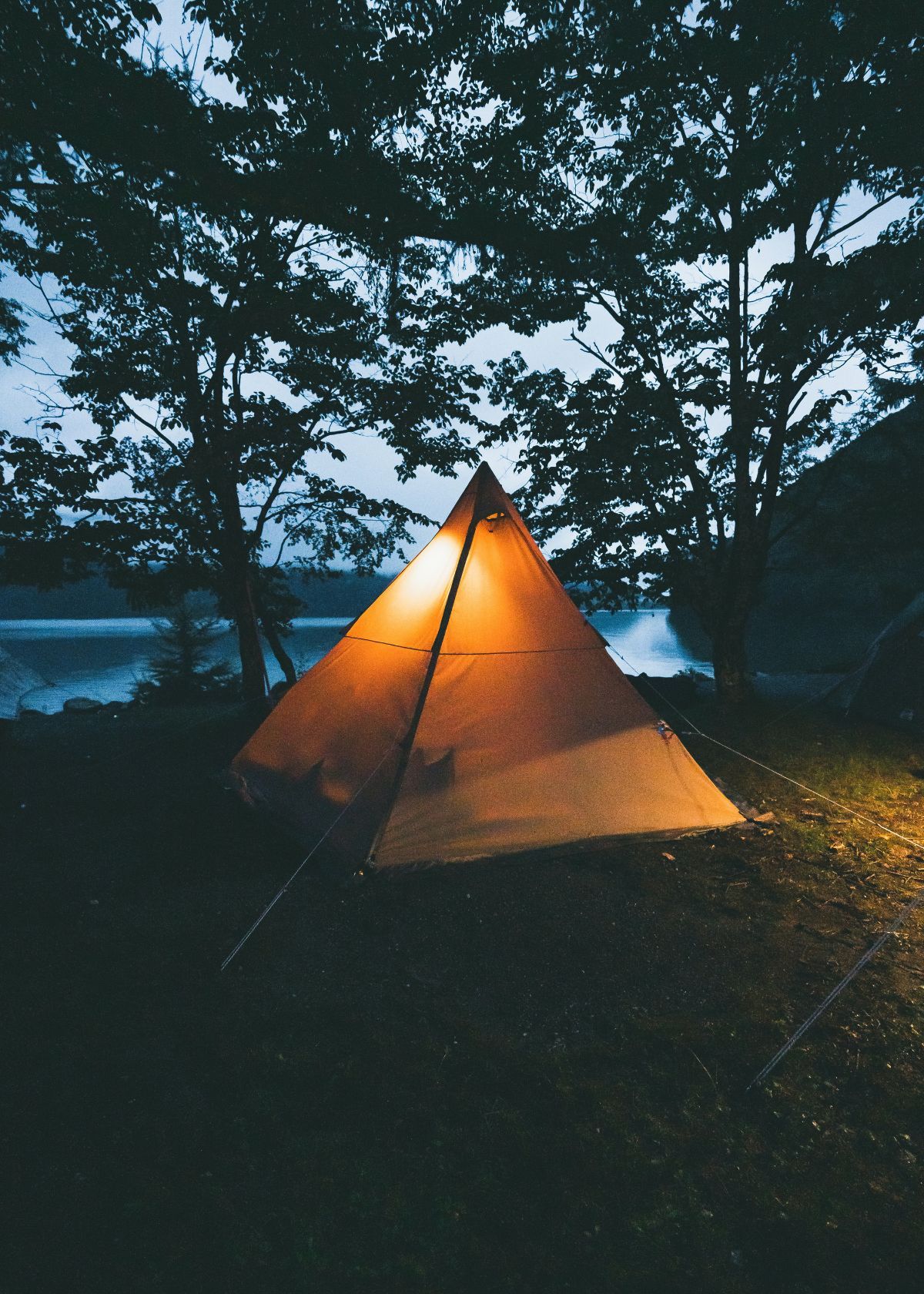
Factors To Consider While Buying A Light Form Camping
As the weather warms up, many outdoor enthusiasts are preparing for camping trips. Among the essential gear one must consider when camping is a light source.
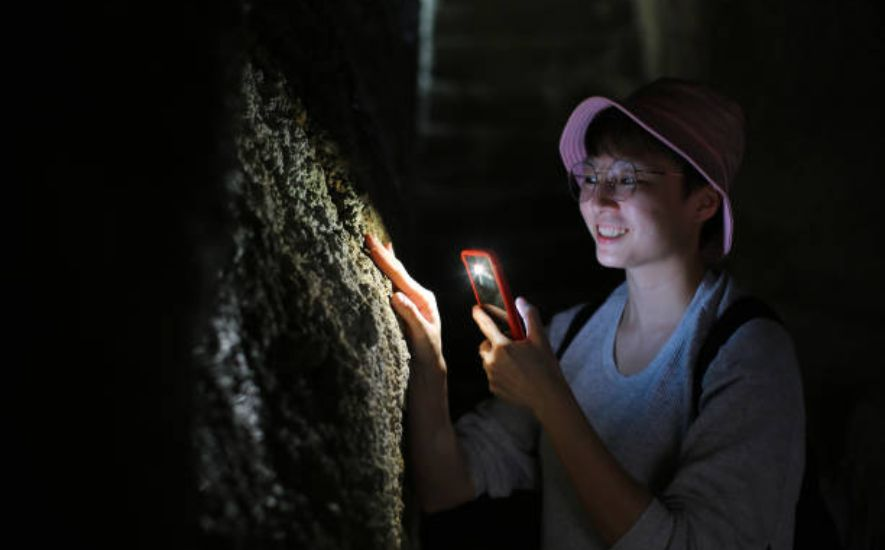
Many outdoor enthusiasts prepare for camping trips as the weather warms up. Among the essential gear one must consider when camping is a light source.
A good camping light can enhance your experience and provide the necessary illumination to keep you safe in the wilderness. However, with so many options on the market, selecting the best one for your needs can be overwhelming.
Brightness And Power
One of the primary factors to consider when purchasing a camping light is its brightness and power. You want a powerful light to light up your campsite and the surrounding area, but not so bright that it disturbs wildlife or other campers.
Regarding power, the options range from battery-operated lights to solar-powered ones. If you're camping in a remote location, a battery-operated light may be more practical. However, a solar-powered light can be a sustainable and reliable option if you're camping in a sunny area.
Size And Weight
When you're packing for a camping trip, space is limited, so the size and weight of your gear are crucial considerations. A camping light should be lightweight and easy to pack, and it shouldn't take up too much space in your backpack.
The size of the light will depend on your camping needs, and it's important to strike a balance between portability and functionality.
Durability
Camping can be rough on gear, and your camping light is no exception. You want a light that is durable enough to withstand the elements, including rain, wind, and extreme temperatures. Look for a light that is made of sturdy materials, such as aluminum or polycarbonate, and has a water-resistant or waterproof design.
Battery Life
The battery life of your camping light is another essential factor to consider. You don't want to run out of power in the middle of the night, leaving you in the dark.
Look for a light that has a long battery life and is energy-efficient. You can also consider buying a light that has rechargeable batteries or can be powered by solar energy.
Type Of Bulb
The type of bulb in your camping light can make a significant difference in its brightness, power, and battery life. LED lights are the most common type of bulb in camping lights, as they are energy-efficient and long-lasting.
However, if you prefer a warmer, more natural light, you may want to consider a camping light with an incandescent bulb.
Frequently Asked Questions (FAQs)
Are you planning a camping trip but can't decide whether to bring camping lights or flashlights? Look no further! This FAQ guide will explore some questions and help you make an informed decision that suits your needs.
Do I need a flashlight for camping?
Yes, a flashlight is an essential tool to have while camping. Whether you plan on camping in a tent, cabin, or RV, a flashlight is useful for a variety of tasks such as setting up camp, cooking, and finding your way around in the dark.
Even if you plan on arriving at your campsite during the day, unexpected situations such as power outages, emergency situations, or getting lost can happen, making a flashlight a vital item to have.
What is the benefit of a flashlight for camping?
A flashlight is incredibly beneficial for camping, providing illumination in low-light conditions. With a flashlight, you can navigate through dark trails, find your way around camp at night, and search for items in your backpack or tent.
Additionally, flashlights are helpful for signaling for help during emergencies, as well as scaring off any unwanted wildlife that may be lurking in the dark. Flashlights come in a variety of sizes and styles, including rechargeable and battery-powered options, making them a versatile tool for camping.
Is a flashlight or headlamp better for hiking?
While flashlights and headlamps have advantages, a headlamp is typically the better option for hiking. A headlamp allows for hands-free lighting, which is incredibly useful when navigating trails or setting up camp after dark.
With a headlamp, you can easily adjust the direction and intensity of the light, allowing for more precise lighting control than a traditional flashlight.
Additionally, headlamps are typically lighter and more compact than flashlights, making them easier to pack for a hike. However, it's always a good idea to bring a backup flashlight in case of emergencies or if your headlamp batteries run out.
Which light is good for camping?
When it comes to camping, having a reliable light source is crucial. There are several types of lights that can be suitable for camping, depending on your needs and preferences. Here are some options:
- Headlamp: A headlamp is a convenient option for camping as it frees up your hands for other tasks. It also provides a focused beam of light that you can direct where you need it. Look for headlamps that are lightweight, waterproof, and have adjustable brightness settings.
- Lantern: A best-budget camping lantern is great for illuminating a larger area, such as a tent or campsite. Look for lanterns that are lightweight, durable, and have adjustable brightness settings. Some camping lanterns also have a built-in hook, which makes it easy to hang them up.
- Flashlight: A flashlight is a versatile option that can be used for a variety of tasks, such as navigating through a dark forest or searching for something in your camping gear. Look for flashlights that are compact, waterproof, and have a long battery life.
Is a flashlight good for home defense?
While a flashlight can be useful for home defense, it should not be relied upon as your primary means of protection. A flashlight can be used to temporarily blind an intruder, giving you time to escape or call for help. It can also be used to identify potential threats and navigate through a dark home.
However, a flashlight is not a substitute for a proper home security system or self-defense training. If you are concerned about your home security, consider installing a security system or reinforcing your doors and windows. Additionally, it's important to have a plan in place for how to respond in the event of a home invasion.
Conclusion
In conclusion, whether you choose camping lights or flashlights for your outdoor adventure depends on your personal preferences and needs. Camping lights are great for lighting up larger areas and providing a cozy atmosphere, while flashlights are more versatile and portable.
Ultimately, the best option is the one that suits your specific camping style and requirements. So, do your research, consider your options, and don't forget to enjoy the beauty of the great outdoors, no matter what type of lighting you choose!




